Team Manager's Toolkit for One-on-Ones
Posted on Dec 7, 2020. Updated on Feb 6, 2023
1-1s are the most important tool for every team manager. If done right, 1-1s can support the report to grow, to become and stay happy, motivated, and productive. However, you need a certain toolkit for 1-1s. This toolkit contains different 1-1 types, records, questions, personal notes, journey maps, and software that can be applied in practice.
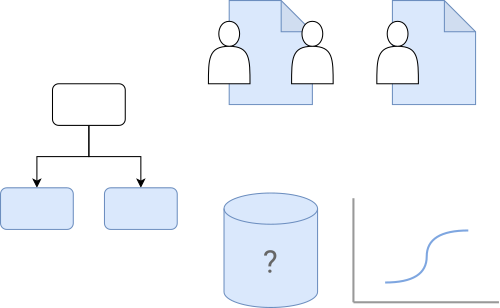
TL;DR
Team Manager’s Toolkit for 1-1s
- Distinguish between
- frequent 1-1s for catching up and
- less frequent 1-1s for feedback and development
- Have a shared running historical record of each 1-1 about feedback and development.
- I use Google Docs for this.
- The record should contain the development goals, the exchanged feedback, and the agreements.
- Find a way to manage your personal notes in an effective and structured way. For me, that’s Asana and Notion.
- Use a skill matrix and peer feedback for performance reviews.
- Have a dedicated question catalog for each 1-1 type.
- Employee Journey Maps are a excellent way to reflect on the past time.
Why 1-1s?
Team Manager: “You can approach me at any time if you have a problem”.
Reality: Nobody will come.
Why does this happen? First, employees wait for a suitable frame (like a 1:1). Second, the manager has to actively ask about what’s going on and ask the right questions. That’s their job. They should not pass the responsibility on to the employee. Third, especially in remote setups, 1-1s are crucial to keep in touch with the team and to keep the connection up.
Here is another motivation for 1-1s: One task of a team manager is to support each team member and to help them grow. Therefore, you need to know them. What are their strength and weaknesses? What motivates them and what are their development goals? At what level are they performing and how can they improve? All of those topics can be discovered and discussed in 1-1s. Moreover, the manager can set expectations and provide feedback to improve the performance of each report.
Organize 1-1s
- Send the agenda and questions upfront via mail.
- Reschedule missed 1-1s.
- Tip: Don’t put regular 1-1s on Mondays or Fridays. They tend to be canceled due to absences.
- Rotate the questions you are going to ask.
The 1-1 Types
- Regular 1-1s:
- Catch-Up 1-1s
- Feedback and Development 1-1s
- Performance Reviews
- Once only 1-1s:
- Getting To Know You
- Exit
Catch-Up 1-1s
- Frequency: weekly or bi-weekly.
- Duration: 30 min - 1 h.
Catch-Up 1-1s are frequent 1-1s where the manager listens to everything the direct report wants to talk about. The employee should drive the meeting, and they should feel free to bring up every topic they think is important. This can lead to very fascinating discussions. I encourage every team member to think about topics upfront and tell them: “This is your meeting and I’m going to listen to you.”
Besides, I try to don’t talk too much. I learned that the more room I give, the more will be taken. But this means enduring silence from time to time.
Content and Goals:
- The 1-1 is also about creating a human bonding experience and trust. I always start with a bit of chit-chat and talk about our lives. I try to leak my personality outside of work to create trust. It’s about opening them up and making them comfortable.
- Talk about the stuff that is going wrong.
- Add a constant nagging reminder of what you want from the other person. The topics you want to be on top of the other’s mind.
- Moreover, I use this 1-1 to privately ask them about their opinion about my observations or current issues in the team or company.
- I also provide timely feedback - positive and corrective. Feedback should always be given on time. The annual staff appraisal (when you also discuss salaries and promotions) should never be the first time the employee receives corrective feedback.
If the team member doesn’t come up with topics - which is fine - I have a dedicated question catalog for catch-up 1-1s.
Update 2023: Template for Efficient Catch-Up 1-1s
Over the years, I iterated over my approach for catch-up 1-1s and distilled everything into a template. Check it out. Here you see a preview:
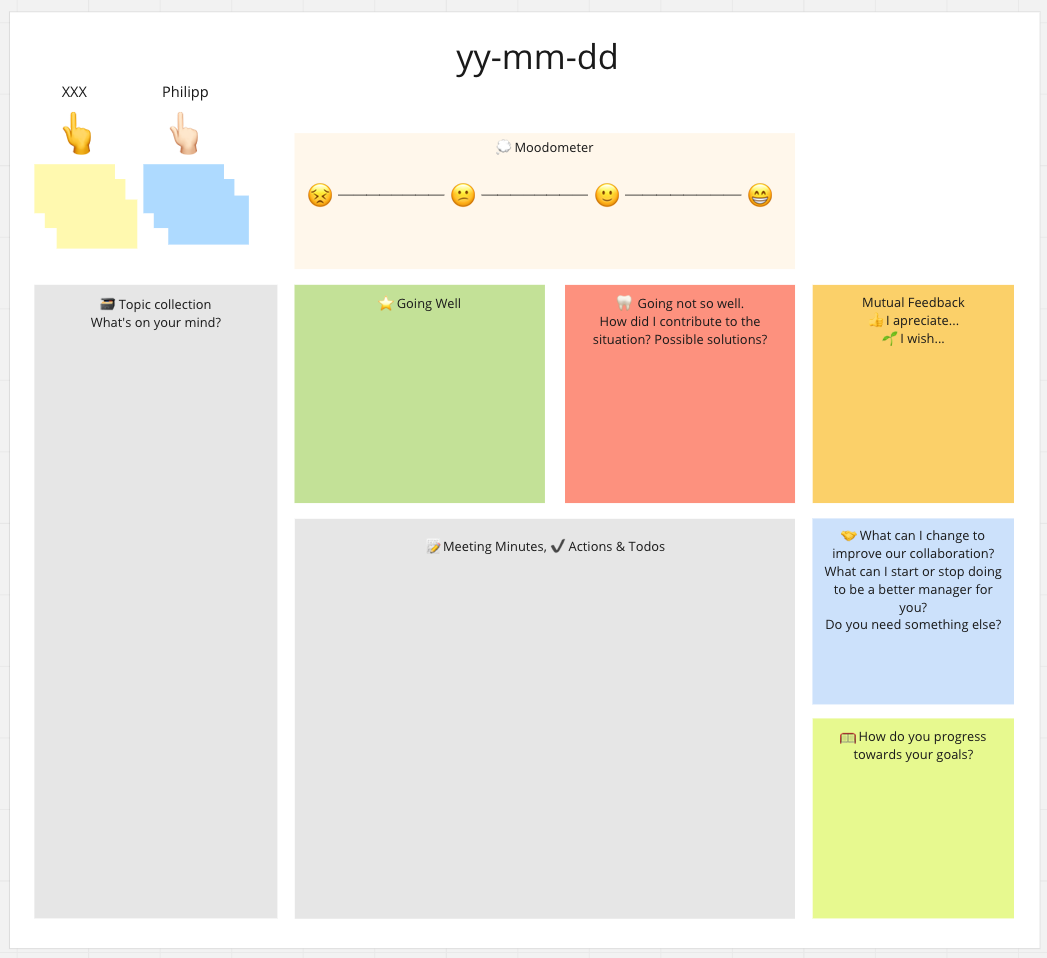
My latest template for efficient catch-ups one-one-ones.
Gathering Topics in a To-Do List
A tool for gathering topics. I use Asana where every report has their to-do list containing topics I like to talk about. A more lightweight alternative is Microsoft To Do, which is used before Asana. Google Keep and Microsoft OneNote are more suitable for taking notes than managing to-dos but can also be used for gathering topics.
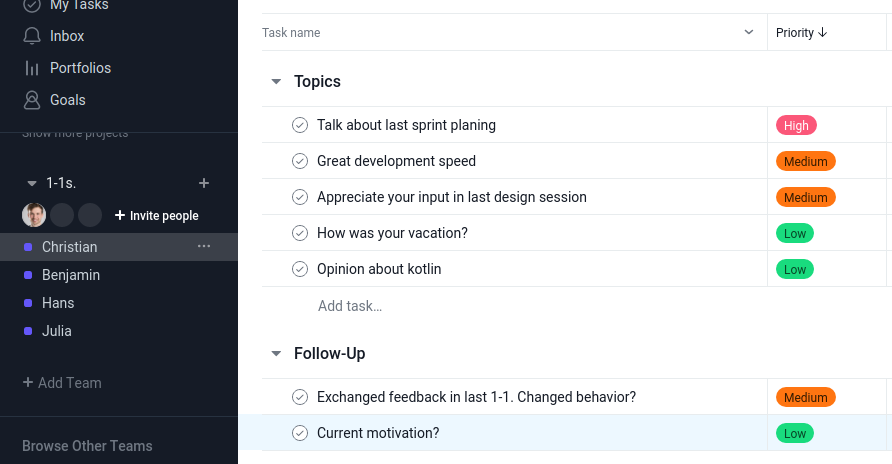
I use Asana to prepare the topics for my catch-up 1-1s.
Gathering Topics in a Chat Channel
Alternatively, you can use a dedicated chat channel with each report (naming schema: 1-1-NAME-philipp). In the channel, the manager and report can drop the topics that they like to talk about. Also, you can add a summary and actions/to-dos which are assigned to either the manager or the report. This way, you get a historical record of the 1-1s and both participants know what’s coming up and can contribute. Ben Stewart proposes this approach in his post ‘Slack for 1-1s’.
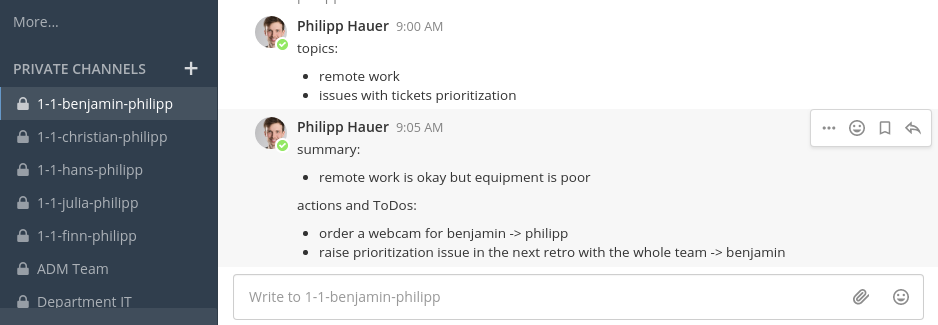
A dedicated chat channel for each report where both participants can add topics, create a summary, and add follow-up to-dos that are assigned.
Walkie Talkie
A nice experience is to do the 1-1 as a “Walkie Talkie” or “Walk & Talk”. Just go out and talk while you are walking. Maybe there is a nice park next to your office. It’s good for you health and creates a relaxing and refreshing environment.
Question Catalog
See Question Catalog. But I rarely use standard questions in this meeting. Usually, there is enough to talk about.
Feedback and Development 1-1s
- Frequency: 1x per quarter or half-year.
- Duration: 1 - 2 h.
Feedback and Development 1-1s are devoted to mutual feedback, mentoring, and (carrier) goals.
A typical agenda of my feedback 1-1s looks like this:
- Reflect on the time since the last 1-1. Employee Journey Maps are a great tool for this (see below).
- 3 - 6 questions that encourage the team member to reflect on their motivation, happiness, short-term, and long-term development goals.
- 1 - 3 questions about feedback for the manager.
- A dedicated block for giving mutual feedback that has not been covered yet.
Shared Running Record
A crucial part of those 1-1s is the record of all past 1-1s. It contains a summary of the most important findings, the exchanged feedback, the development goals (short and long-term), and a list of actions towards these goals or to correct a certain behavior. The record is shared with the employee after the meeting. The employee is asked to acknowledge the record which ensures their commitment. The record is also useful if you want to make a case for a promotion.
I use Google Docs for the running shared record. It allows restricting the visibility of a document and the employee can add comments without being able to change the content. Alternative commercial tools are Confluence (or any wiki) and the browser-based Microsoft Word (Office 365).
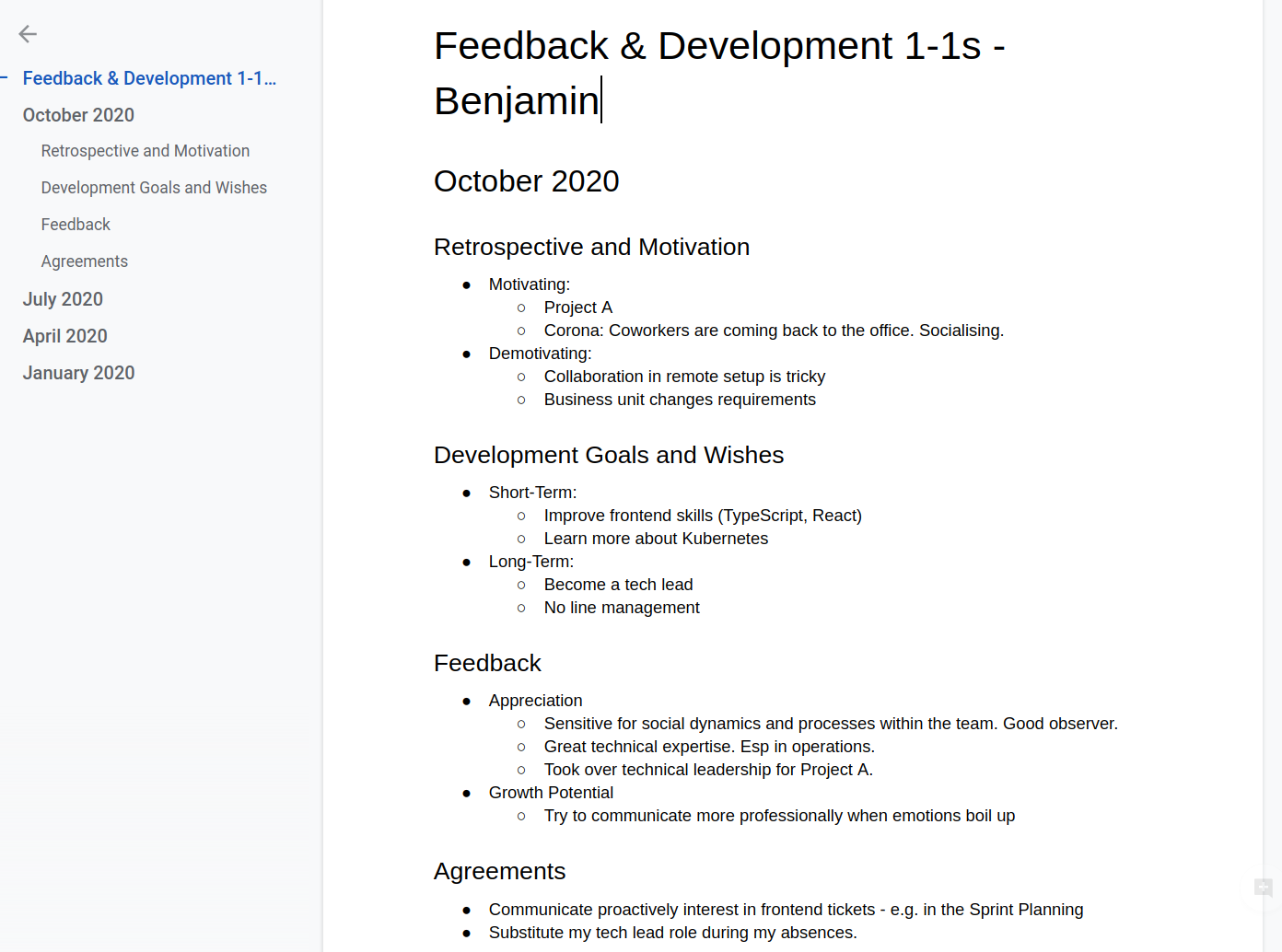
I use a shared Google Docs document as a running historical record of the past 1-1s.
Employee Journey Maps
Employee Journey Maps are a great tool for reflecting on the past time. They also reveal the motivation and feelings of the team members. Plus, the maps provide a good agenda where the manager can seamlessly anchor their feedback, appreciation, and mentoring.
An example of an Employee Journey Map
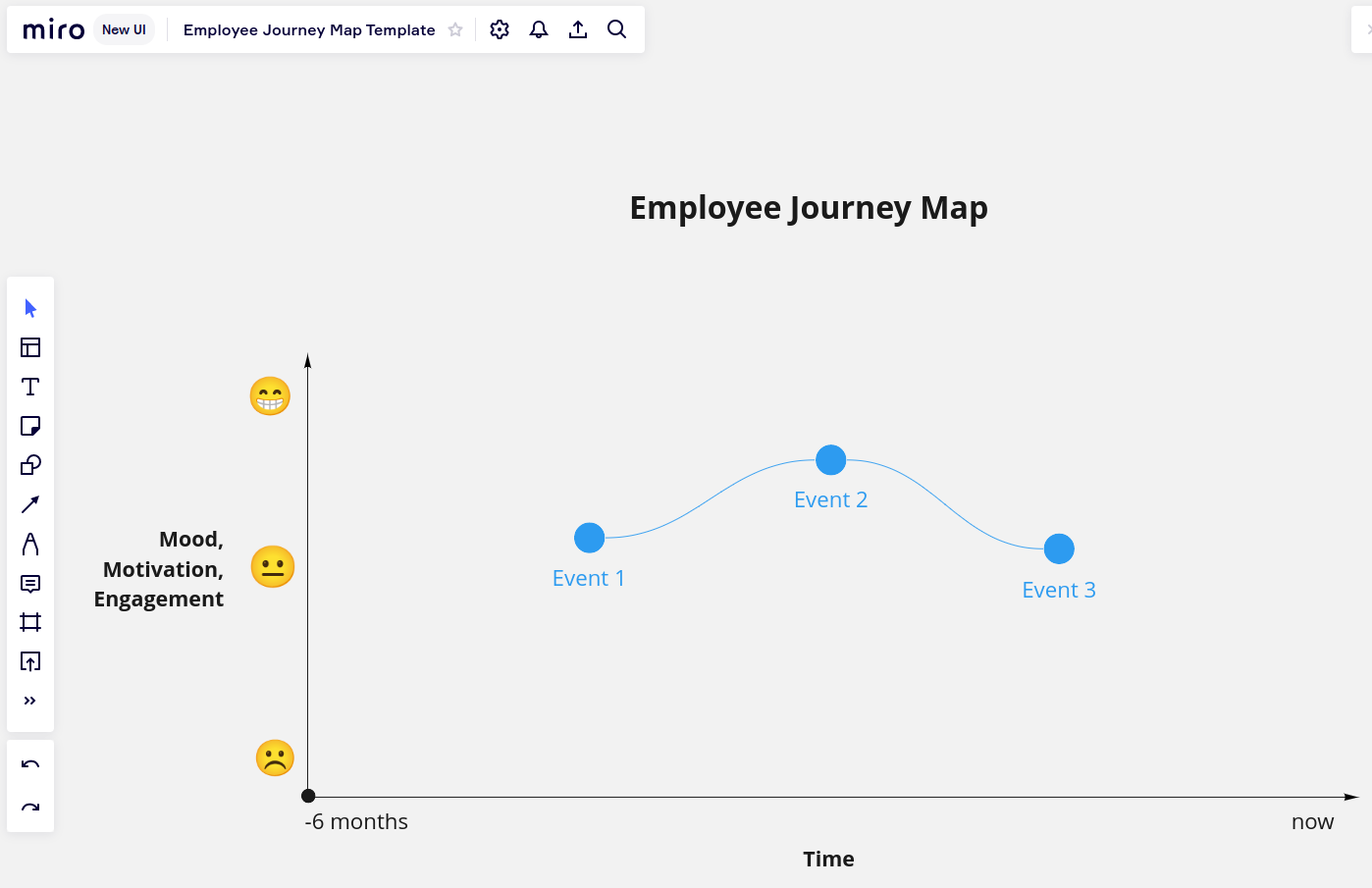
Miro Template for an Employee Journey Map. Having a digital map is easier to create and share in remote work setups. Besides, Miro allows drawing their map in the browser. Moreover, you can easily add the map to the record.
Observation Muscles
Build up observation muscles. Look for strengths and areas of improvement. But don’t focus only on negative feedback. Instead, task yourself with regularly identifying people who deserve praise and adopt a habit of positive recognition. This way, you lookout for things to praise.
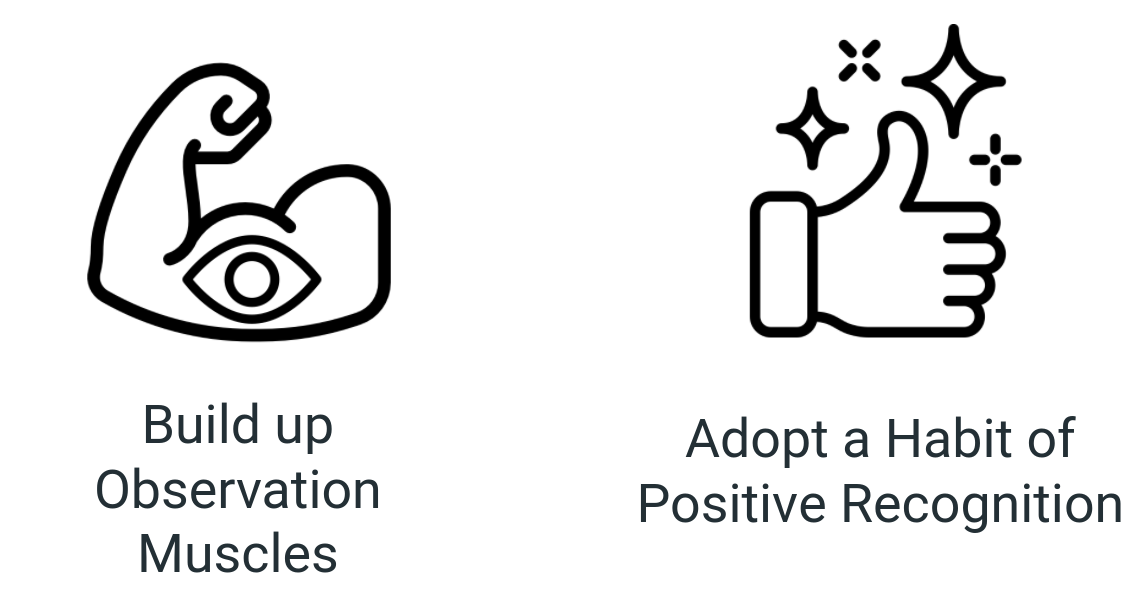
Build up observation muscles and adopt a habit of positive recognition.
Notebook
Take your personal notes in a running document where every team member has their file. Every time you see something noteworthy, make a short note in this file. I use Markdown files and Visual Studio Code for this because it allows easy navigation and editing via well-known shortcuts. But that tooling is not suitable for non-techies. A modern and cloud-based alternative is Notion. You can also use Microsoft OneNote or NotePlan 3 (Mac).
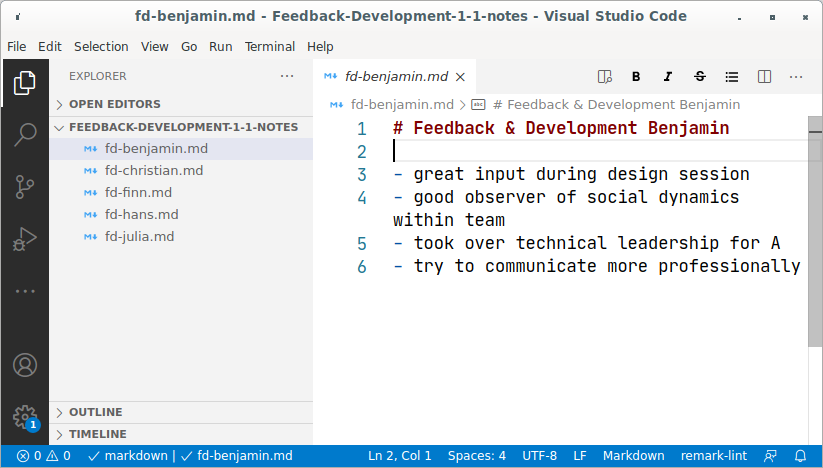
To prepare my Feedback and Development 1-1s I take my personal notes in Markdown files and Visual Studio Code
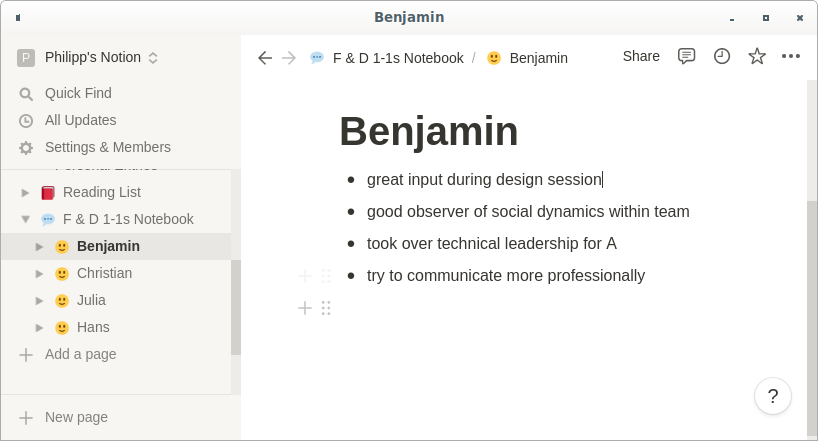
Notion is a modern cloud-based notebook with powerful search and desktop apps.
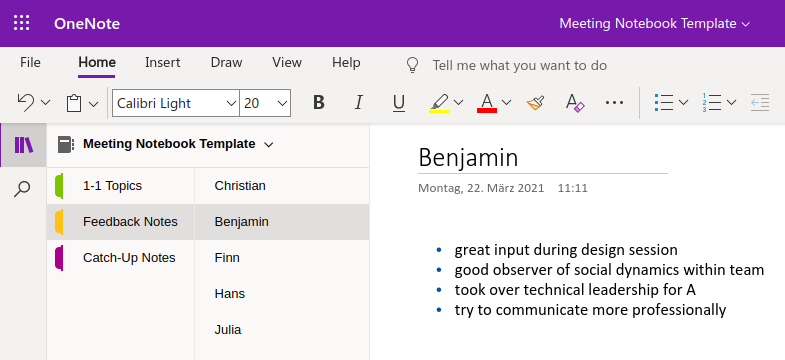
Microsoft OneNote.
Question Catalog
See Question Catalog
Performance Reviews
Performance reviews are a formal and standardized way to assess the performance of a report. The goal is to be more objective and fair. I use it as an alternative for the above “Feedback and Development” format once a year when we talk about salaries.
I use two tools:
- Skill Matrix
- Peer Feedback
Skill Matrix
Each report is asked to score themselves with 1 (need improvements), 2 (doing okay), 3 (doing well) on a set of skills. Moreover, the manager scores the report in the same way. The skills highly depend on the profession. For software developers, we created the following skill matrix:
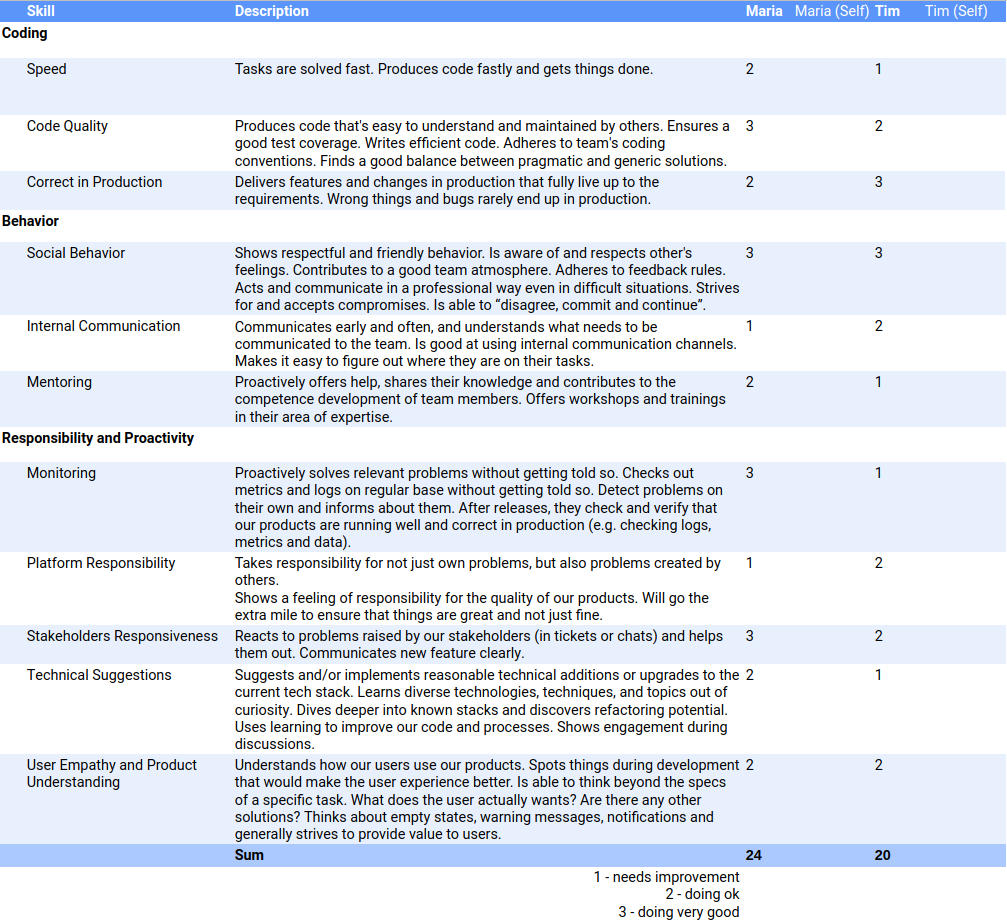
Skill Matrix for the upcoming performance reviews.
Using this matrix has many advantages:
- Better argumentation for or against a promotion or salary raise.
- Base your argumentation on the same set of skills for all reports. This helps to be more objective and fair.
- Avoid biases like the recency bias or the halo/horn effect.
Next, the report is asked to access themselves. In the performance review, you and the report compare their assessments.
I wrote a post about this approach containing more details, the skill descriptions, and a prepared sheet for getting started: Better Performance Reviews for Developers with a Skill Matrix
Peer Feedback
The following approach is taken from James Stanier’s great book “Become an Effective Software Engineering Manager”.
I select 4 - 6 peers of the report (e.g. team members, stakeholders, their reports) that I’m going to ask for feedback. I send the following questions to their peers:
- What has this person excelled at in the last six months?
- What should this person do differently and why?
- What other feedback would you like to give?
- Would you like to give this feedback anonymously?
I also answer the questions for the report and asked them to do the same.
I write the received (peer) feedback immediately in the record before the meeting. This way, the report knows upfront what feedback they will receive.
To keep track of the preparation and the peer feedback I create the following review tracker:
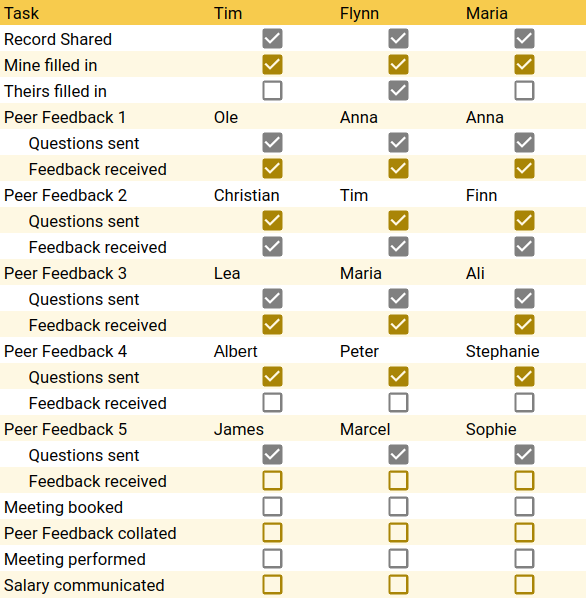
Review Tracker to keep track of the peer feedback and the preparation for the review.
When it comes to tools, I started with sending mail to each peer with the above questions. But I now ended up with using Google Forms which eases collecting and consolidating the answers.
Complete Peer Feedback
Alternatively, you can do a “Complete Peer Feedback” session with the whole team before the performance reviews: All team members come together and share their appreciation and growth potential for their peers - face to face. It’s a great experience and team building. However, it requires a certain amount of maturity (feedback rules) and it doesn’t scale well with the team size. Moreover, the feedback might not be as candid as possible. However, for small teams, I suggest giving it a try. See the linked blog post for details.
Question Catalog
See Question Catalog.
Getting To Know You
I recommend conducting a special 1-1 with every new report. This way, you can discover their goals, motivation, how they tick, and how they like to be treated. Moreover, this supports building a relationship and trust right from the start.
The crucial part is the questions and that you document the findings. Those documents can be called “User Manual Of X”, “Help-Me-To-Understand-You”-Document or “Team Member Canvas”. Besides, these documents should be shared with the team member (like we do with the feedback record). Even better, it should be shared with the whole team so that everyone knows how a coworker ticks.
Tools:
- A record of the meeting that can be shared with and commented on by the new team member. Again, I prefer Google Docs for this. The concrete format (a classical document with bullet points or a canvas format) is up to you.
- Question Catalog
- Moving Motivators is a tool to reveal intrinsic motivation. Each team member sorts the cards from left (least important) to right (most important) and presents their order to the whole team. This helps to create a mutual understanding of what drives each teammate.
- 16 Personalities is an online test that you can take for free. Every team member takes the test, and then you discuss the results in the team. Again, this helps to understand others: You’ll learn what really drives, inspires, and worries different personality types, helping you to build more meaningful relationships.
Exit 1-1
Every time an employee leaves the team or company, it’s very insightful to reflect on the past time. It is a great opportunity for the manager, the team, the leaving employee, and the company to learn and to improve. Don’t miss that.
The only thing you need is a dedicated set of questions. Those questions aim for the reasons for the exit, the employee’s ups and downs during their time, the aspects that went well, and the aspects that finally lead to the exit and should be improved. It’s also interesting to ask the employee about their expectations regarding their new company. And last but not least, it’s a good opportunity to exchange final honest feedback because usually there is nothing that holds them back anymore (like the fear of getting no salary raises or promotions).
Tools:
- Employee Journey Map over the whole time to reveal the ups and downs.
- Question Catalog
Question Catalogs
Catch-Up 1-1 Questions
I rarely use standard questions in a catch-up 1-1. Usually, there is enough to talk about. Still, they can be an inspiration:
Most Important
- How are you?
- How are things?
- How is it going?
- Would you like to talk about something?
- What is going wrong?
- What is your motivation level at the moment?
- Follow up on last 1-1’s topics (see your notes)
Check-in
- How are you?
- What’s on your mind this week?
- Last time, we spoke about X. How is that going?
- How’s life outside of work?
Current Topics
- What is holding you back at work?
- What’s one thing you did this month that you’re proud of?
- What’s your biggest challenge right now?
- What is motivating you?
- What is demotivating for you?
- Do you like your current tasks?
Team
- How is the collaboration with others (our team, other teams, stakeholders)?
- How is everything going with the people you work with/on your team?
- Which coworker does a good job?
Misc
- How do you feel about working here?
- What do you think we could have done differently regards X?
Feedback And Development 1-1 Questions
Reflection and Motivation (subsumed by Employee Journey Maps)
- What’s one thing you did this month that you’re proud of?
- What can we do to make you more successful?
- What has energized you in your role?
- What has challenged you?
- What has gone well/not so well for you?
- To which extent do you feel confident in how you/your team are progressing?
Motivation (see How to Motivate a Team of Software Developers)
- Autonomy: Do you have enough freedom during your work? Can you contribute with your ideas?
- Mastery: Do you believe that you can grow personally (tech skills, social skills, hard skills, soft skills)?
- Purpose: Do you believe that your work contributes to improving things?
Goals, Development
- Short-Term
- Are there any skills that you’d like to acquire in the short term?
- Where do you want to be in 2 years?
- Long-Term
- What are your long-term professional goals?
- Where do you want to be in 5 years?
- Are there any projects you’d really like to work on if you were given the opportunity?
- How are you progressing towards your bigger career and life goals?
- Is there someone at the company (or outside) that you’d like to learn from?
Feedback for the Manager
- How can I be a better leader?
- How can I support you?
- Would you like more or less direction from me?
- Do I give you enough feedback?
- Psychological safety:
- How easy am I to argue with?
- How open am I to other people’s ideas?
- How good am I at listening to your ideas?
Misc
- What’s one recent win and one recent situation you wish you handled differently?
- What’s something nobody dares to talk about?
- Is there something you need to succeed/be happy/be productive/be motivated?
Performance Review Questions
- Achievements. Question: Think about your achievements, big or small, over the last six months. What have you accomplished that makes you proud and why?
- Reflection. Question: How do you feel in your role right now? Has that changed for the better or worse since your last review?
- Development. Question: Is there anything that could have gone better during the period? What skills do you think that you need to develop?
- The Future. Question: Consider your future at the company. Where are you aiming to go? What would you ideally like to accomplish or work on? Or are you happy where you are now?
- Support. Question: What sort of support do you need in order to get to where you want to go in future?
Credits: James Stanier’s great book “Become an Effective Software Engineering Manager”.
Getting To Know You 1-1 Questions
I haven’t created my own question catalog because there are already so many good ones. Check them out:
- Lara Hogan: Questions for our first 1:1
- Yuan Liu: Help me understand you
- Cassie Robinson: A user manual for me
- Fabian Lindenberg: (Remote) Team Building: Start on the Right Foot with the Team Member Canvas
I only like to add the “little mouse question”: “When people are talking about you, what would you like to hear?”
Exit 1-1 Questions
Introduction
- What have been your reasons to leave us?
Reflection about past time
- What have been your ups and downs at our company?
- What are you taking with you from your time at our company?
- What will stay in your memory?
- What did you like about working at our company?
- What didn’t you like about working at our company?
- Is there anything that we could have done to keep you longer?
- If you look back on your time at our company, is there anything you would like to do differently today?
Feedback for the manager
- What have I done well?
- Where can I improve?
Expectations about the new company
- What should your new company do just like our company?
- What should your new company do differently than our company?
- What do you expect from your new company?
- What do you expect from your new manager?
Contribution and Further Reading
- Book “The Manager’s Path” by Camille Fournier
- Book “Become an Effective Software Engineering Manager” by James Stanier
- 1-1 in general
- Vidal Graupera: Huge list of 1 on 1 Meeting Questions
- Yuan Liu: Effective one-on-one
- Chloe Hamman: 24 great one-on-one meeting questions
- Performance Reviews:
- First 1-1 with a new report:
- Lara Hogan: Questions for our first 1:1
- Yuan Liu: Help me understand you
- Cassie Robinson: A user manual for me
- Fabian Lindenberg: (Remote) Team Building: Start on the Right Foot with the Team Member Canvas
- Devin Mercier: Questions managers need to ask during their first two weeks